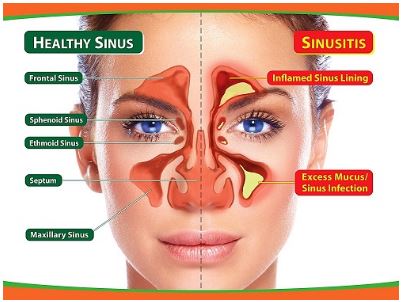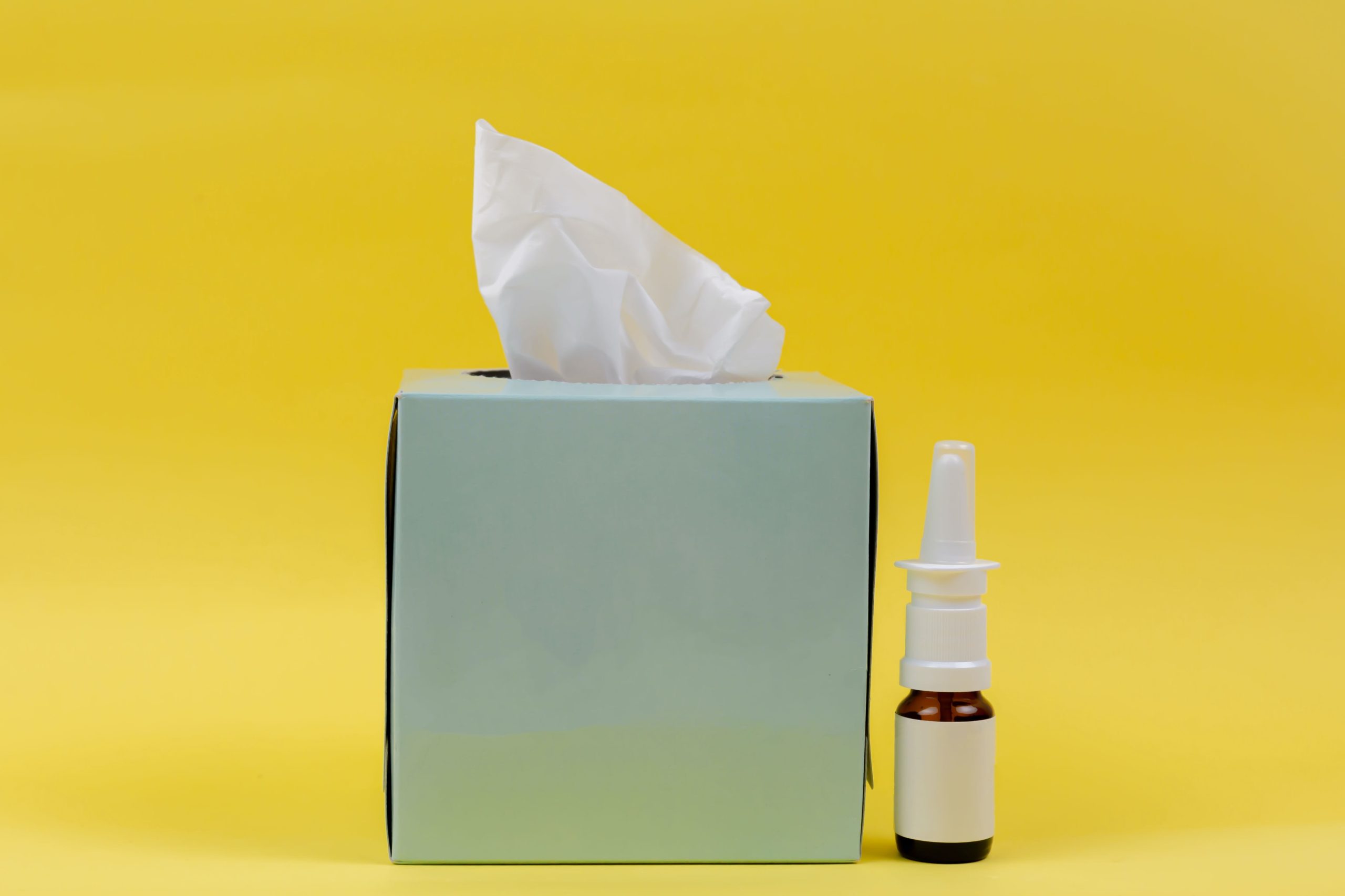Taking care of your body’s air filters

Taking care of your body’s air filters
A little bit of knowledge about our bodies really makes us appreciate all their functions and complexities! Take for example our respiratory system starting with the nose. It’s important to understand how our nose and sinuses work. If you’re not an Ear, Nose and Throat (ENT) doctor and you want to learn how air gets to your lungs, here is a very helpful video. (It’s made by a clinic on the US west coast that does not do surgeries, yet they are able to help their patients by thoroughly examining and diagnosing the nasal structure and breathing and recommending treatment from there). The video also illustrates the point that we need to utilize ALL of the area and defenses in our nasal passages to help us breathe, fight infection, smell and taste, and to be careful about removing or reducing any one spot so that nasal flow is not redirected too radically.
Here are the main defenses that are built into our body to prevent contamination by particulates in the air:
- Hairs in your nose entrap larger particles, which can be blown out
- Mucus in the nasal passages entraps smaller particles as air bounces off mucus-lined surfaces
- Moderate resistance from undulating passages in the nose causes the air to be slightly turbulent and capture more particles
- Tiny hairs, called cilia, along your air passages move in a sweeping motion to keep the passages clean.
- Sinuses produce the mucus and warm and humidify the air going down to your lungs.
A lot of peoples’ breathing problems originate in the sinuses.
Sinuses are admittedly a bit of a mystery (nysinuscenter.com). We do know that they generate mucus to moisten our nasal pathways, and they give resonance to our voice (with a plugged nose our voices sound very different). We each have 4 sets of sinuses, which are normally empty except for warm, moist air and a small amount of mucus. There are small pathways into and out of each sinus cavity, called ostia. Knowing these few details, then, tells us that we don’t breathe through our sinuses, yet, when they get plugged with mucus or inflamed with infection, they can swell and severely obstruct nasal passages. Here is a diagram of the sinuses and how blocking the ostia can promote infection and swelling:

Source: Navage.com
There are several non-medicated ways that doctors may suggest to take care of your sinuses and nasal passages, to keep them performing well and protecting our respiratory system. Some of these are nasal sprays, nasal irrigation, humidifiers, steams and saunas, and staying hydrated.
Nasal sprays at the minimum are saline solutions packaged in a spray bottle. To use a nasal spray, block off one nostril by applying gentle pressure to the side of the nose, insert the tip of the bottle into the other nostril, and squeeze the bottle forcefully while inhaling through your nose. Then spray the other side, making sure to block the opposite nostril. The saline solution moistens the nasal passages and helps the mucus to stay thin so that it flows down the back of your throat and doesn’t plug the ostia. Various chemicals are added to some nasal sprays to shrink membranes and provide longer-lasting moisture, but in general these are not necessary for a healthy individual. It’s a great idea to use nasal sprays when the humidity is low, or you’re traveling in close proximity to other people, to keep your nasal passages moist and able to discharge microbes easily.
Nasal sprays with essential oils (EOs) have been observed to lessen symptoms of allergenic rhinitis (AR). Rhinitis is when a reaction occurs that causes nasal congestion, runny nose, sneezing, and itching. Most types of rhinitis are caused by inflammation and are associated with symptoms in the eyes, ears, or throat. (hopkinsmedicine.org) In a 2021 study using Puressentiel® Respiratory-Decongestant Nasal Spray (PRDNS), which is a spray containing 4 essential oils, 43 patients with persistent mild or persistent moderate-to-severe AR used the spray 1x in the morning and 1x in the evening for 30 days. They were tested at Day 0 (before treatment) and Day 30 for Allergic Rhinitis Control Test (ARCT) scores. The proportion of patients with controlled rhinitis after 30 days of treatment with intranasal PRDNS administration was 69.8% versus 14% before treatment.
This is great news, and you can even DIY your own Essential Oil nasal spray to fight mold and microbes. This video by Dr. Jill Crista, a naturopathic doctor and one of the leading experts in mold-related illness, shows how to do this. Personally, I buy a generic 1.5 oz plain saline spray, pop the top off, add only 1 drop of food-grade teatree oil or 1 drop of oregano oil, replace the top and shake to make a strong mold killer for those days when I’ve been exposed to too much mold or start to feel a cold coming on..
Why irrigate?
Irrigation does several things:
it gets the harmful particles like viruses, bacteria and mold out more quickly than your body can do it alone, reducing the chances of infection
It can help clear the ostia so that sinuses can maintain natural drainage and not become blocked
it clears the cilia so they are not overloaded with thick mucus or particles.
The salts in the sinus rinse shrink inflamed sinus tissue by pulling out water.
According to navage.com, a nasal irrigant manufacturer: “There is no clinical evidence that saline from nasal irrigation devices of any type consistently enters into and rinses inside the frontal, sphenoid, and ethmoid sinus cavities. Nasal irrigation can and often does penetrate the maxillary sinuses with saline.” So, although many irrigations are marketed as “sinus rinses”, they technically only go into 1 out of 4 sets of sinuses.
There are several nasal irrigation systems, some of which are called Navage (a powered suction saline system), neti pots, and a nasal squeeze bottle. Here is an excellent video on how to irrigate your nose using a squeeze bottle.
Humidifiers, steam and saunas do help to open nasal passageways temporarily. Warm moist air causes the blood supply to your respiratory mucous membrane to improve. This means they are better able to purify themselves, which in turn strengthens your natural defense mechanisms. Your bronchial muscles also relax in the warm air – a great benefit for those suffering from asthma or bronchitis. (klafs.com) If you do use a humidifier, take care to clean it regularly, as it can breed mold and bacteria. In addition, ultrasonic humidifiers can actually increase the PM2.5 levels in your indoor air (see our post here).
According to healthline.com, besides using moisture in the air, make sure you help your body from the inside by staying hydrated. Drinking plenty of fluids like water or tea — especially if you have a dry nose during a cold — can help moisturize your nose from the inside out.
Just like any filter, occasional maintenance is needed, and your body is no exception! We hope that you stay well throughout the year and keep those nasal passages clean and moist for your best breathing.

Photo by Diana Polekhina on Unsplash






